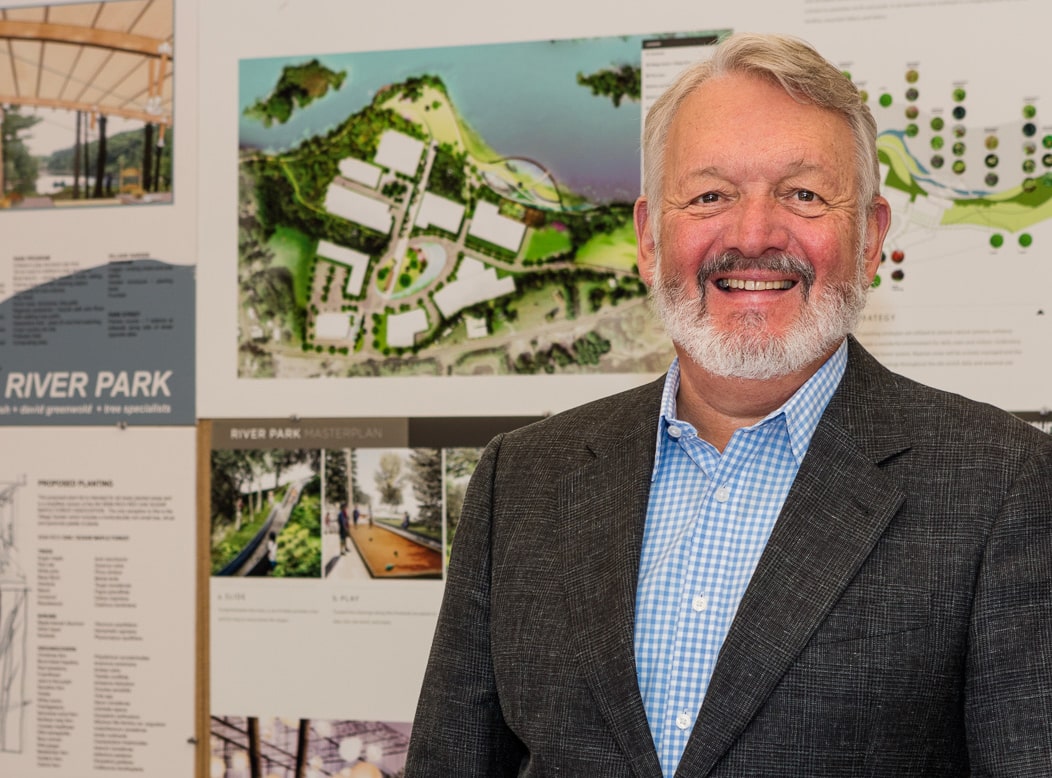Gameguy326
Active Member
- Joined
- Aug 18, 2015
- Messages
- 390
- Reaction score
- 98
Takeda has leased lab space all over Cambridge, especially in Cambridgeport. I think this is an effort to lease fewer buildings and have more people in the same location.Wonder if this unprecedented lab space demand ever crashes and what that would look like. Feels like a bubble to me at this point
I believe the reason lab development is taking off even more since COVID is that it's more resilient to the new nature of work. People can telecommute for office work in many cases. People have to physically be in lab space to do lab work, meaning it's more likely to be leased.
I don't think this is a bubble (are pharmaceutical companies going to crash?), but I do worry what it means about Kendall Square as an "innovation" district. If the big office/lab space is only/primarily available to big corporations with deep pockets that have the coffers to lease it, what happens to the agile startups? There are lots of incubators and smaller-scale office/lab space in the district for now, but it's something to keep an eye on.


 IMG_8844
IMG_8844 IMG_8845
IMG_8845 IMG_8846
IMG_8846 IMG_8847
IMG_8847